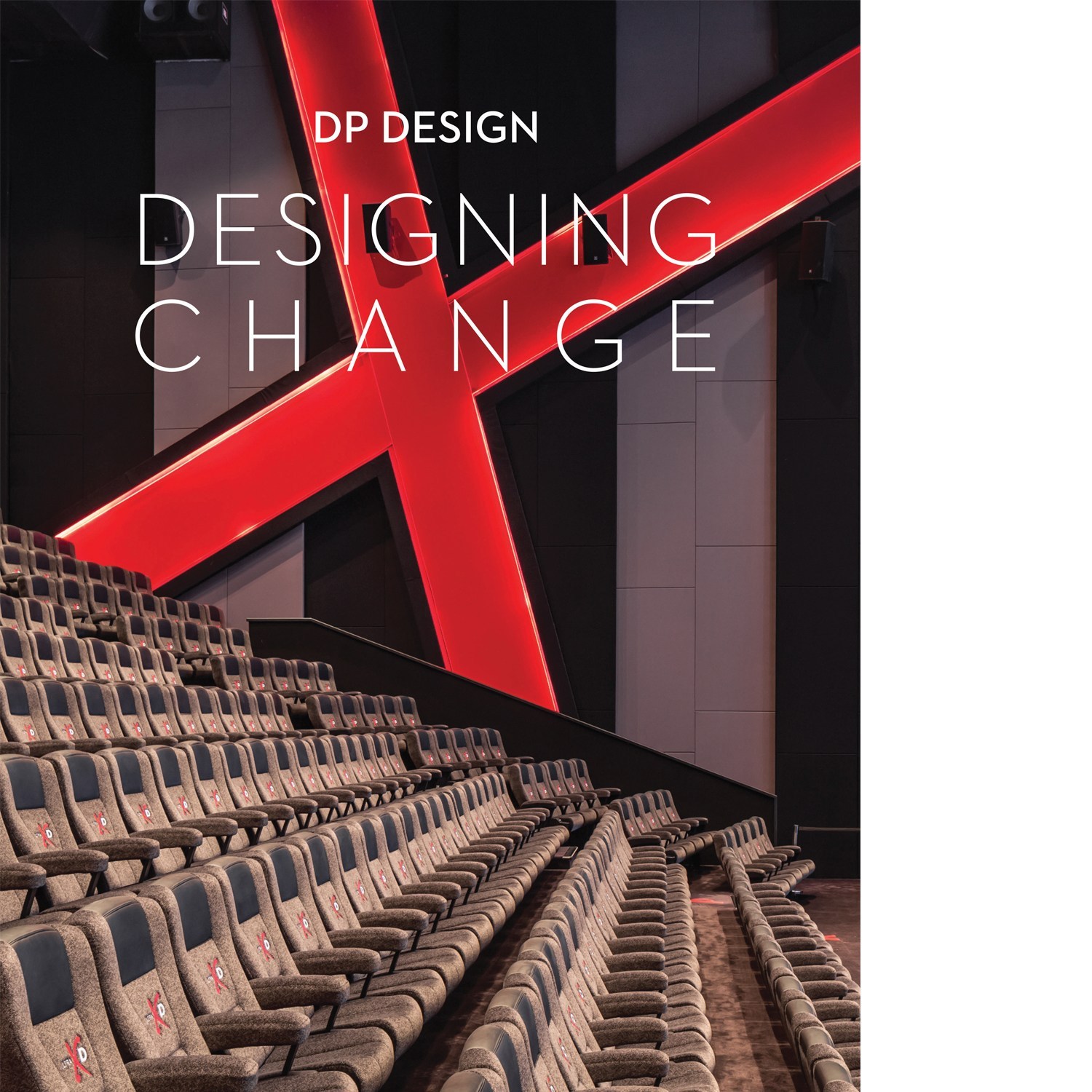Change Agent
The end of an era in New York—and a new future for cities and technology.
Two years ago, RECORD published an award-winning feature devoted to the evolution of New York City in the decade since 9/11. We gave much of the credit for the city's newfound vibrancy to Mayor Michael Bloomberg, under whose administration exemplary urban design and architecture have flourished. The vast enhancement of the public realm—hundreds of acres of new parks, especially on the waterfronts; miles of bike lanes; pedestrian plazas; handsome new civic and cultural buildings—have created a dynamic and alluring urban environment for residents and tourists, while helping support the economic vitality needed for maintaining New York as a global capital.

Now Bloomberg is leaving office after 12 years, and his legacy is coming under sharp scrutiny. Some people complain the city is too cleaned up—they miss the gritty authenticity that used to taint Times Square or the Meatpacking District near Chelsea, where the hyper-popular High Line snakes, and where soaring real estate values have driven out wholesale butchers in favor of art galleries and chic restaurants. The industrial neighborhood of Williamsburg in Brooklyn, once home to cheap lofts and scruffy saloons, has been transformed by condo towers, though the quality of construction doesn't always match the high price tags for apartments.
Bloomberg's rezoning of nearly 40 percent of the city has helped fuel the boom in high-rise office and residential construction, radically altering once-sleepy neighborhoods. In the waning months of this real estate–friendly administration, developers are racing to secure approvals for projects, such as a sliver apartment building for Midtown Manhattan designed by the firm SHoP that will be 100 feet taller than the Empire State Building.
New York by its very nature is restless, and change is as much a part of the city's ambience as the rumbling of the subway underfoot. Nostalgia for the way things were, in Times Square or anywhere, isn't a New York state of mind.
But there's real concern about growing inequities. Though the mayor has pushed immigration reform—and has spoken about the importance of the service sector for the economy—he has presided over an era of widening income gaps, with crushing costs of living for many middle-class families, not to mention for aspiring artists, young professionals, and other workers who flock to the city. And the micro-apartments championed by the mayor—inhumanly small and likely to drive up per-square-foot rents—are not the answer to affordable housing.
At a recent forum about the future of the city, a prominent real estate developer suggested that if New Yorkers were priced out of living in Manhattan, they could always move to Brooklyn or Queens. Actually, people are getting priced out of Brooklyn too, but the real issue that his remark skirted is the need for diversity. Diversity—of races, ages, cultures, and socioeconomic groups—is what gives a great city its juice. Diversity means good mass transit and public schools and leads to a richer array of services and amenities. Diversity needs to be woven throughout the fabric of the city.
What Bloomberg has promoted is diversification of the city's economy. His legacy includes a plan to build up the technology industry with research and business development, in part by creating the new CornellNYC Tech campus. Its first building, designed by Morphosis, is set to break ground next year.
Other cities are using the tech hook to boost their economies as well. In this issue we look at the fortunes of three urban centers—Austin, Texas; Chattanooga; and Detroit (yes, Detroit)—to show how technology start-ups are not only attracting investment and young people but affecting local culture, design, and development. Old industrial buildings are rehabbed in these places and converted into business incubators, while coffeehouses, microbreweries, and locavore restaurants also thrive. Think Brooklyn-beyond-the-Hudson.
Can urban success become too successful? Austin, which was chosen to be a Google Fiber City (the tech giant will begin wiring neighborhoods for high-speed Internet starting in 2014), has a population that's growing by 120 people a day. The lure is not only the tech scene but also the worlds of music and film, and the university as well—and it's getting hard to find affordable places to live in the central city. In San Francisco too, the economic boom—as more tech companies seek the urbanity that's missing from Silicon Valley—is making some longtime city dwellers feel a kind of despair for the hippies now being replaced by hipsters.
Finding the balance between old funkiness and new luster is the challenge of cities. But we don't mean just style or ambience. We mean finding a way for cities to embrace the future while remaining truly democratic, open, and accessible to all.



